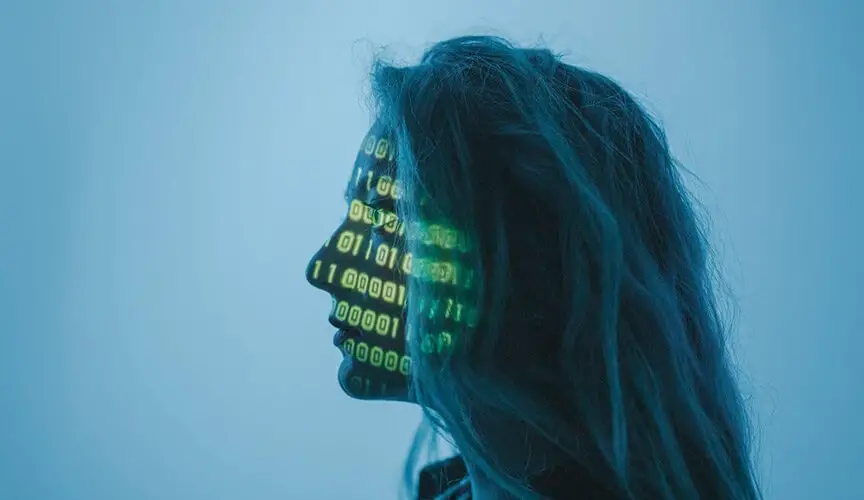The Future of Creative Writing with AI Technology

The concept of creative artificial intelligence triggers a unique blend of dislike and fear. It is often seen as a lurking threat in the dark, with the fear stemming more from its mysterious nature. The writers are currently on strike, arguing that AI tools should not be used to replace their work. They emphasize that AI software does not possess the ability to actually create anything; it merely regurgitates what it is fed, thereby promoting plagiarism. On the other hand, the AMPTP has proposed having annual meetings to discuss technological advancements. Both sides may not fully understand the subject matter, but they feel compelled to fight nonetheless.

Main Principles
The majority of essays you come across tend to follow a predictable pattern: the author talks about how they utilized ChatGPT for a specific purpose, and based on that experience, they make bold predictions about the potentially disastrous outcomes or transformative impacts on various industries. As of now, the discourse around generative AI largely revolves around hypothetical scenarios rather than actual real-world applications.
AI has the potential to revolutionize creative writing by generating unique story ideas and plotlines. You can access such tools using a Windows 10 VPN if they are unavailable in your country. By leveraging machine learning algorithms and VPN apps, you can analyze vast amounts of text data to uncover patterns, themes, and plot structures. This enables AI to generate fresh story ideas and plotlines that human writers may not have considered.
One effective method of generating story ideas is through the use of chatbots. These virtual assistants engage users in natural language conversations, asking questions and offering prompts to inspire new ideas. A chatbot might, for instance, inquire about a writer’s preferred genre or a fascinating character, and then suggest plotlines or themes based on the writer’s responses.
AI can generate plotlines by analyzing existing stories and identifying patterns to create new ones. For instance, an AI program can analyze mystery and romance novels to find common plot structures and themes, using this information to generate a new compelling story that incorporates those elements.
While AI-generated story ideas and plotlines may not be flawless, they can inspire human writers and offer new directions for the publishing industry. In some cases, these AI-generated ideas may even lead to unexpected breakthroughs or innovative storytelling approaches.
How to Use AI-Driven Tools

The size of the book industry in the U.S. reached $28.1 billion. If you desire an AI to emulate the works of William Shakespeare, simply asking it to write in his style is not the best approach. This would only result in a mediocre imitation lacking originality. Instead, a more successful method would be to task ChatGPT with crafting a murder scene using the poetic style of Chinese nature poetry. Then, utilize Sudowrite to transform it into an active tone, followed by making it conversational, and finally adapting it to the distinct style of Ernest Hemingway. You can access both tools using VeePN.
Furthermore, AI can also be utilized to generate impressive lines. However, it is important to note that ChatGPT may not excel at producing a stylistic richness. To overcome this limitation, Cohere can be employed to generate prompts and refine them through a process of iteration. For instance, you can provide a request like “Compose a simile describing the aroma of coffee,supply it with various descriptions of coffee’s scent, and then repeatedly refresh the screen until a satisfying description is generated.
The program astoundingly excels in integrating various forms of discourse within the novel. Linguistic AI, like Cohere, showcases a remarkable ability to imitate any mode of speech with uncanny precision. However, these programs are lacking in their proficiency for creating a coherent narrative. This dilemma, known as Moravec’s paradox, emphasizes that AI excels in solving complex problems while struggling with simpler ones. This concept applies directly to creative AI.
In order to effectively utilize AI tools, it is crucial to have a well-thought-out plan for the project. Additionally, having a deep understanding of the technology and access to unique resources will provide greater awareness of both the limitations and possibilities. However, the most vital aspect of all is having a solid grasp of good writing. Just as a composer can create music without being able to play every instrument, a literary AI artist can generate meaningful art by being a knowledgeable curator, drawing from a vast archive of literary expertise.
The Future of Technology
The size of the global AI market is expected to reach $1,811.8 billion by 2030. The enduring significance of traditional artistic values in my creative process should not be underestimated. It is not surprising that the transition from painting to photography necessitated a complete reassessment of visual creativity. However, the importance of comprehending form and color, framing, recognizing the fleeting nature of emotions in people and landscapes, and appreciating the influence of materials and subjects remains unchanged. These elements are indispensable and timeless.
The use of a new tool in creating art may result in initial difficulties. However, it is important to acknowledge that tools are merely aids and mastery comes with practice. Additionally, possessing a thesaurus does not guarantee a superior vocabulary. Understanding linguistic AI requires recognizing its enigmatic nature, as it possesses both limitations and remarkable capabilities. The decline of originality predates the emergence of AI, and we are currently experiencing a period of highly derivative creativity. Paradoxically, AI technology may offer an opportunity to break free from formulaic art by embracing its derivative nature. It is crucial to recognize that AI is solely an artistic tool and nothing more. Sometimes, cultural progress defies expectations, and AI may act as a guiding thread to lead us away from formulaic artistry.
